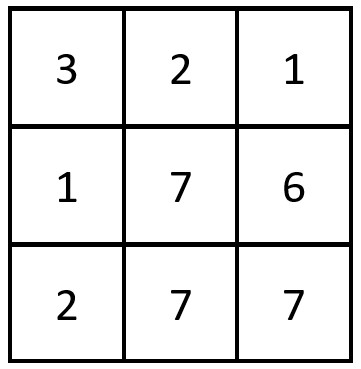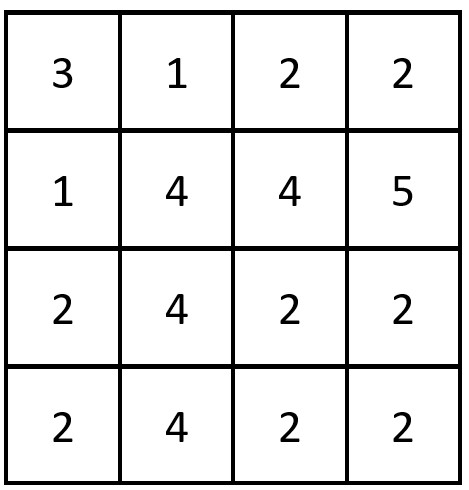Description
Given a 0-indexed n x n integer matrix grid, return the number of pairs (ri, cj) such that row ri and column cj are equal.
A row and column pair is considered equal if they contain the same elements in the same order (i.e., an equal array).
Example 1:

Input: grid = [[3,2,1],[1,7,6],[2,7,7]] Output: 1 Explanation: There is 1 equal row and column pair: - (Row 2, Column 1): [2,7,7]
Example 2:

Input: grid = [[3,1,2,2],[1,4,4,5],[2,4,2,2],[2,4,2,2]] Output: 3 Explanation: There are 3 equal row and column pairs: - (Row 0, Column 0): [3,1,2,2] - (Row 2, Column 2): [2,4,2,2] - (Row 3, Column 2): [2,4,2,2]
Constraints:
n == grid.length == grid[i].length1 <= n <= 2001 <= grid[i][j] <= 105
Solution
Python3
class Solution:
def equalPairs(self, grid: List[List[int]]) -> int:
rows, cols = len(grid), len(grid[0])
R = defaultdict(int)
C = defaultdict(int)
for row in grid:
h = ",".join(map(str, row))
R[h] += 1
for col in zip(*grid):
h = ",".join(map(str, col))
C[h] += 1
res = 0
for k, v in R.items():
res += v * C[k]
return res